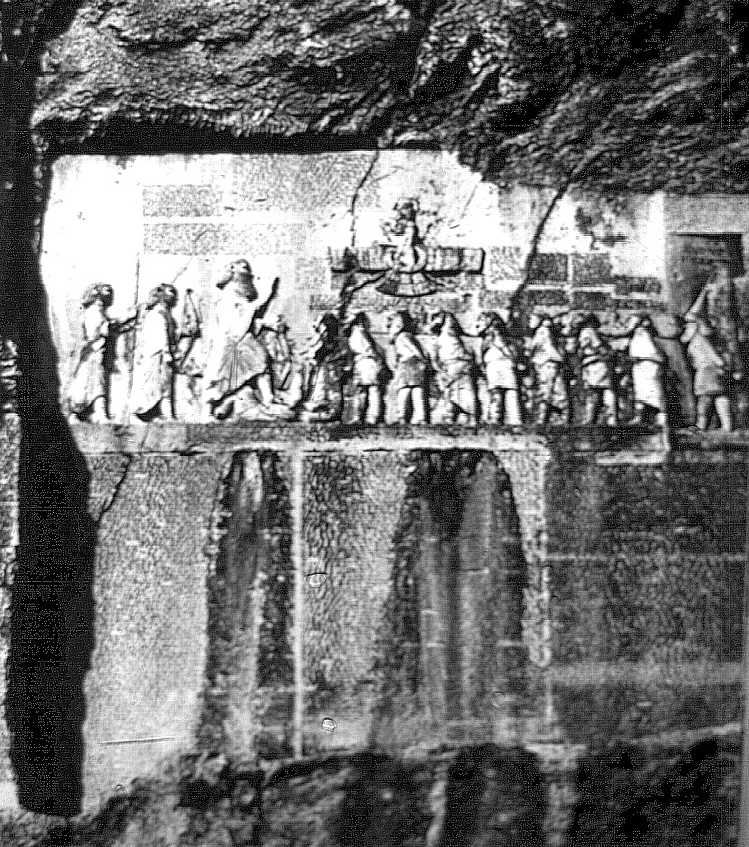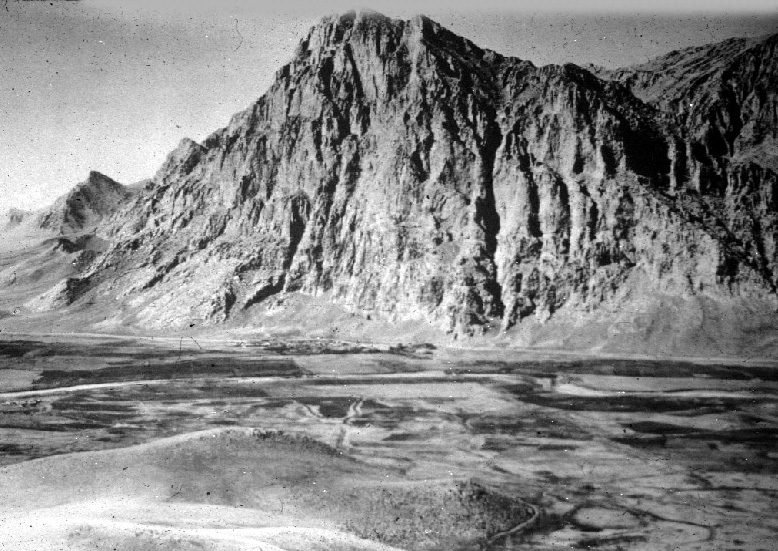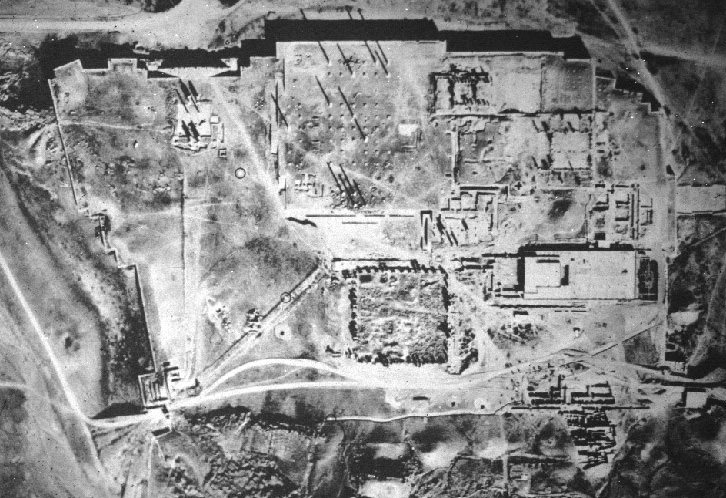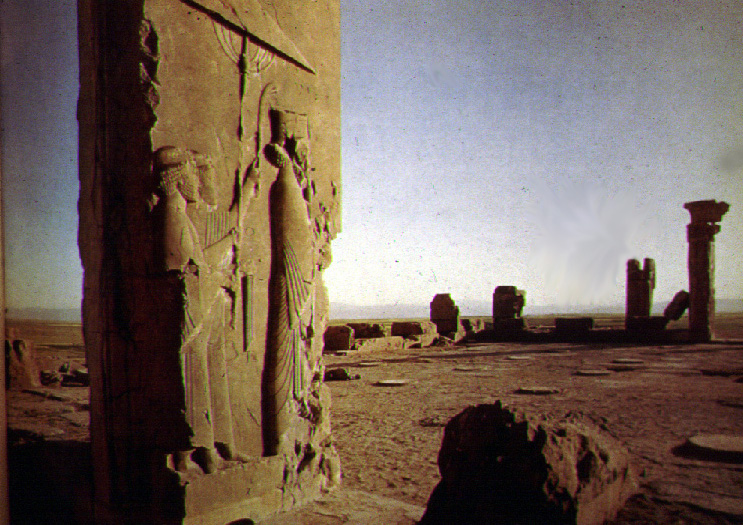|
|
![]()


Behistun. Cliff face in Iran bearing the
inscribed "res gestae" (words and deeds) of King Daruis
I of Persia (521-486 BC). Inscribed in Elamite, Akkadian, and Old Persian, the
inscription, first recorded by British diplomat Sir Henry Rawlinson, led to the
decipherment of cuneiform.


Persepolis, Persian
Royal Palace constructed by Kings Darius I and Xerxes.
The palace embraced hypostyle halls, pleasure gardens and a zoological park. The complex of heavily fortified royal
buildings at Persepolis serves as the most important source of information
about Persian art and architecture.
Begun by Darius I in 518 BCE, the palace at Persepolis is a blend of
materials and design traditions from all corners of the empire. At the center of the complex stood an
enormous platform, 450 x 300m wide and 15m tall, where several palaces,
audience halls, and a treasury were erected. The
multi-columned audience hall, or apadana, with its soaring open interior supported by widely
spaced columns appears to have been a Persian innovation. The terrace walls and
staircases leading to the apadana are decorated with reliefs
depicting the processions of royal guards, Persian nobles and dignitaries, and
representatives from twenty-three subject nations bringing tribute to the
Persian king. All the buildings were constructed of stone and supported by dozens of tall columns
with capitals in the shape of griffins or bulls. The capitals are
comprised of the front portions of two bulls or similar creatures that served
as supports for the ceiling beams. The
complex was surrounded by a richly irrigated
agricultural landscape with numerous settlements, pleasure gardens, and hunting
parks. The monuments themselves appear to have functioned solely as ceremonial centers;
archaeologists detected no remains of kitchens or ovens, water sources, nor
sewer systems. The actual living quarters of the king and his court stood in
the gardens below the terrace platform, where archaeologists revealed the
remains of a large structure and a pleasure lake. Archaeologists found thousands
of tablets detailing food distributions to the palace hierarchy and staff in
the citadel above the complex. The imperial archive has not survived; it was presumably destroyed with the palace complex itself by
Alexander the Great in 330 BC.


Assyrian
styled griffin employed as door frame to the apadana of Xerxes (Photograph by E. Rauh, left). View shows
relief of King Xerxes (485-465 BC) carved on the door frame
of the entrance to his hypostyle hall (right).





Aspects
of Iranian Hegemony: Busts of Kushan Nobles (above); Rendering of Belt Buckle
Displaying Scythian Horse Warrior with Horse (Artwork by John Hill)
[The link bar feature is not available in this web]